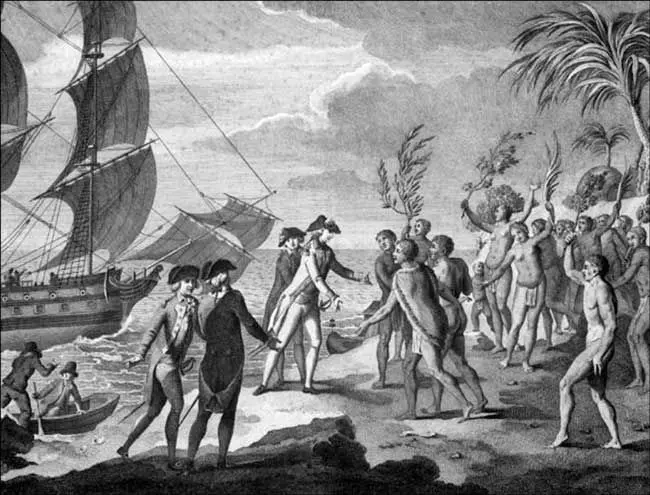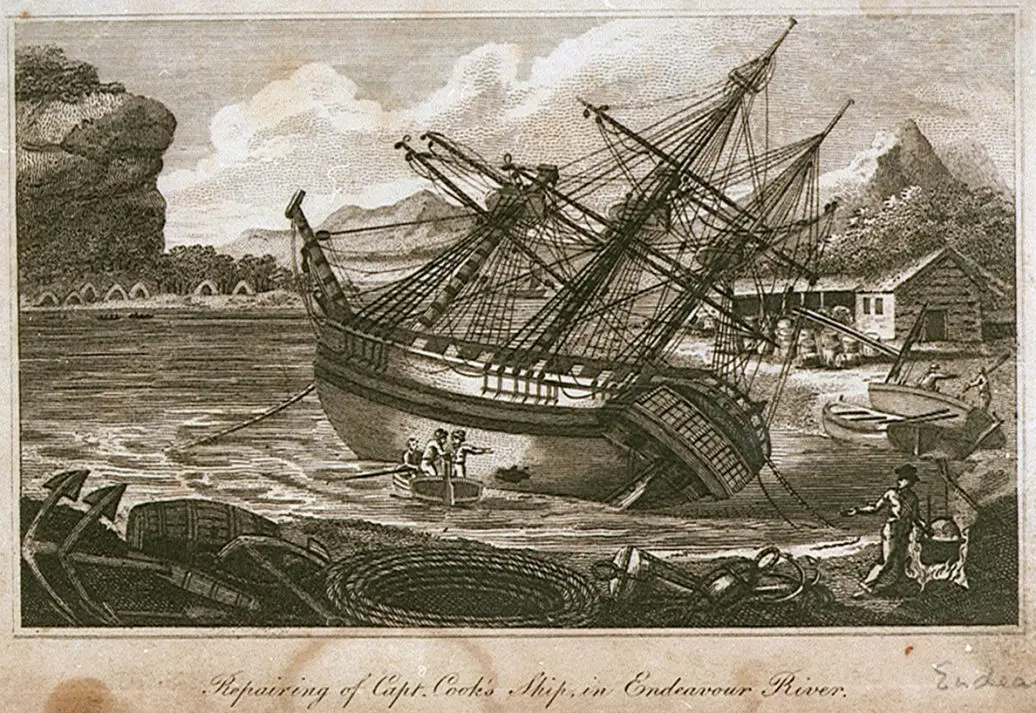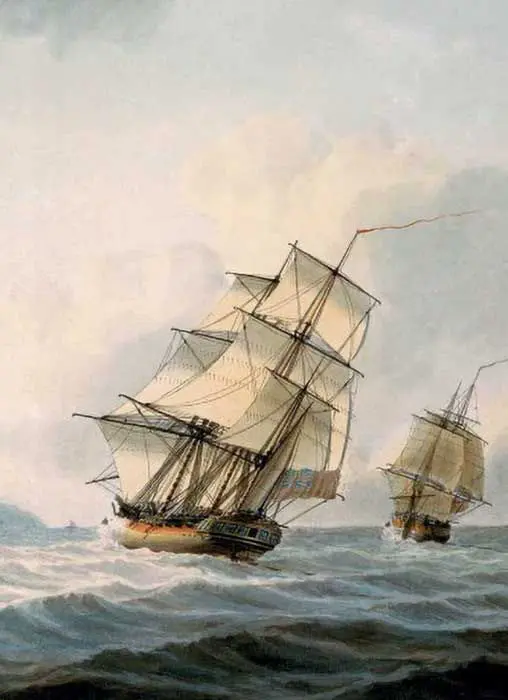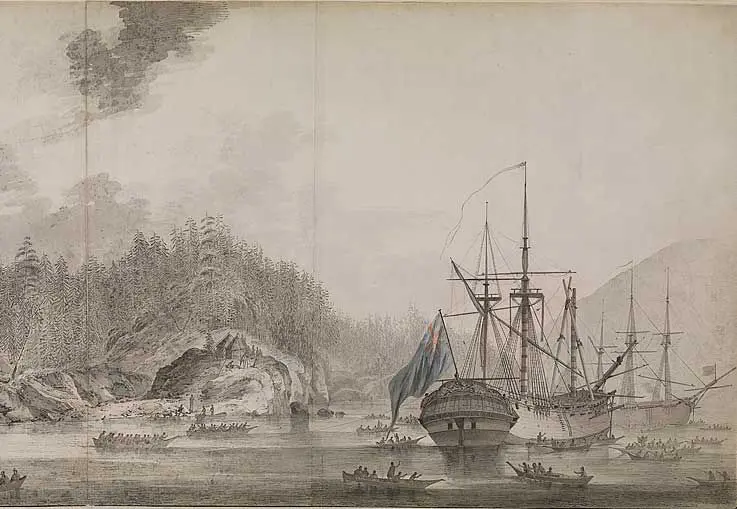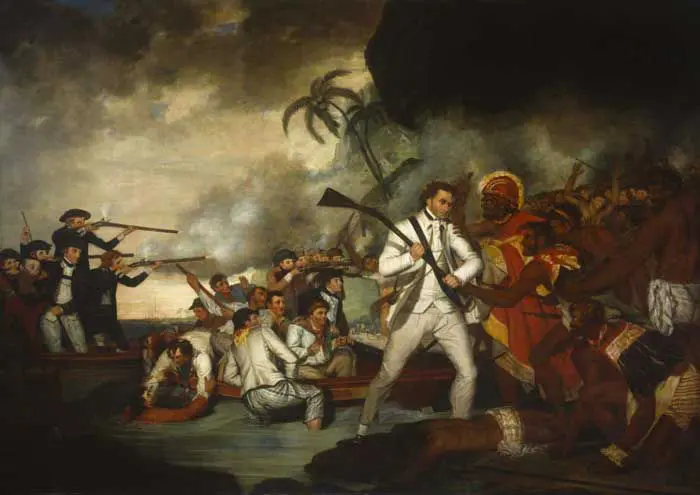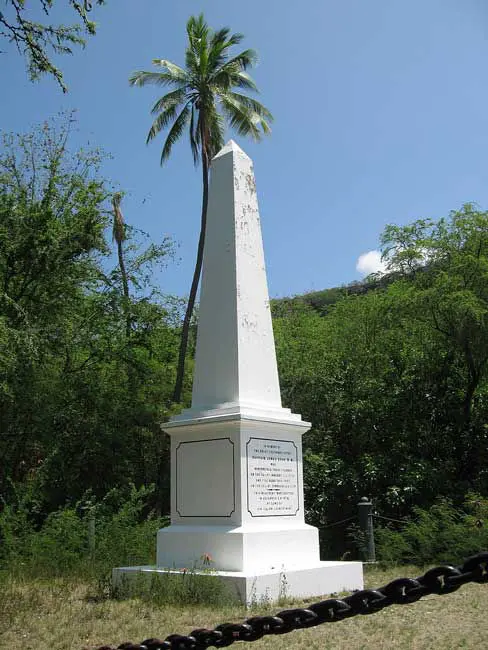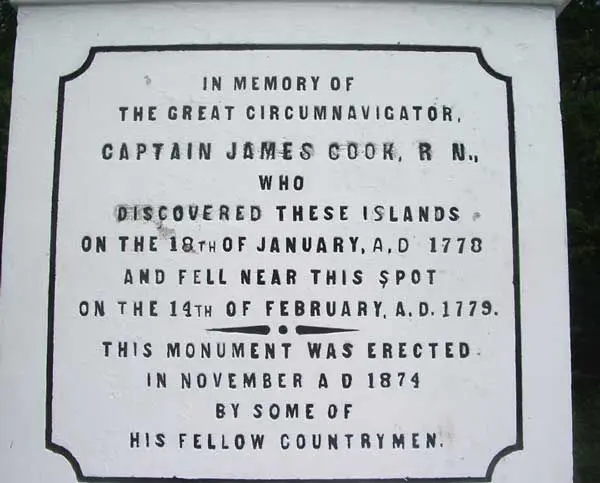
Captain James Cook FRS
(Fellow of the Royal Society)
Captain James Cook FRS
James Cook was born in 1728 at Marton (near Middlesbrough), Yorkshire, in 1736 his family moved to Great Ayton, where he attended the village school. At the age of 16, he moved to the coastal village of Staithes where he become apprenticed to a shop keeper.
He didn’t take to shop keeping, so two years later in 1746 he moved to Whitby, where he was taken on by Captain John Walker on as a merchant navy apprentice.
He worked on collier brigs plying coal along the English coast between the Tyne and London, and as part of his apprenticeship, he studied maths, navigation and astronomy.
On completion of his apprenticeship, he began working on merchant ships in the Baltic Sea, and after passing his exams in 1752 he was promoted to mate aboard the Whitby collier brig ‘Friendship’.

